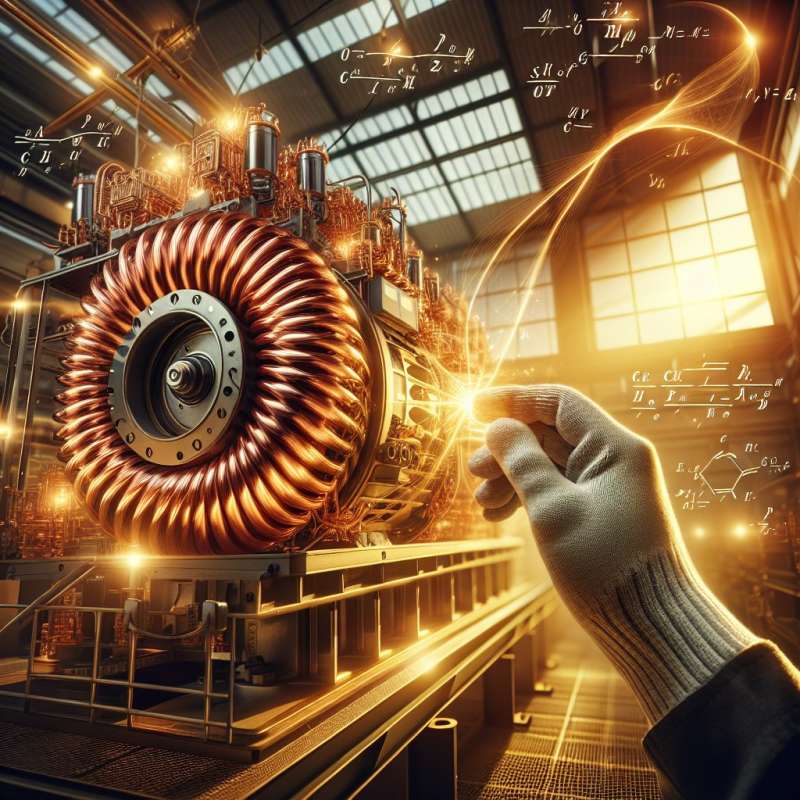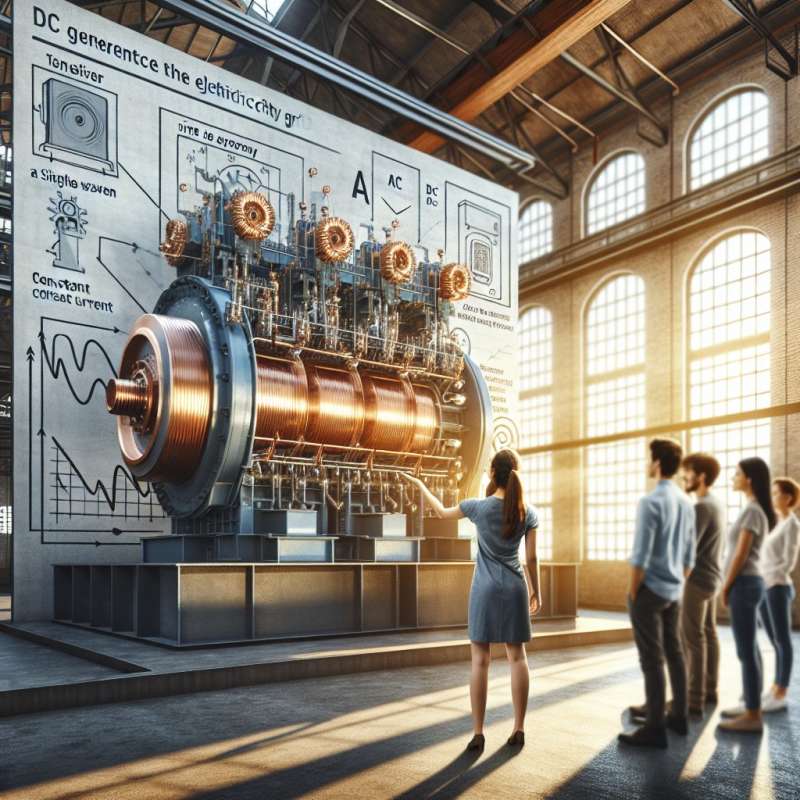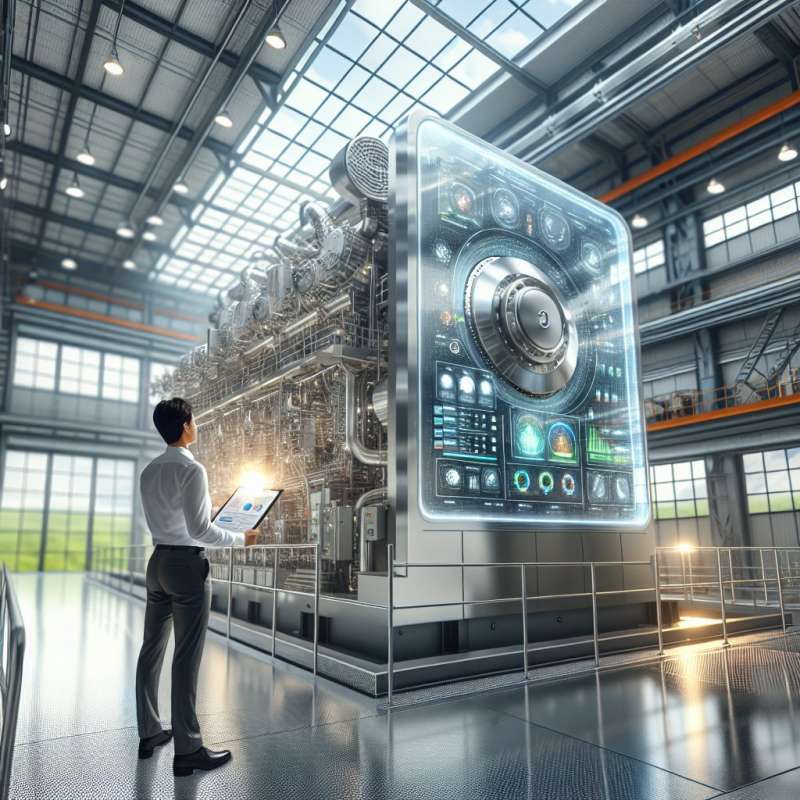
Understanding AC Generators
AC generators, also known as alternators, convert mechanical energy into electrical energy using electromagnetic induction. The process is based on Faraday's law of induction.
AC Generator Components
Key components include the rotor (rotating magnet), stator (stationary coil), slip rings, and brushes, working in unison to produce alternating current.
The Role of Rotors
Rotors are the heart of AC generators. They create a rotating magnetic field that induces a current in the stator windings, varying in direction with the rotor’s movement.
Electricity Production Mechanism
As the rotor turns within the stator, it cuts through magnetic lines of force. This motion induces an electromotive force (EMF) across the stator's coils, generating alternating current.
Slip Rings Importance
Slip rings maintain a continuous electrical connection between the rotating rotor and the external circuit, allowing for uninterrupted AC power generation.
AC vs. DC Generators
Unlike DC generators that produce direct current, AC generators supply current that changes direction periodically, which is essential for the electricity grid.
Innovations in AC Generation
Modern AC generators feature improvements like better materials for increased efficiency, and computerized control systems for optimal performance in power plants.
What law underpins AC generators?
Ohm's law of resistance
Faraday's law of induction
Maxwell's equations
Company